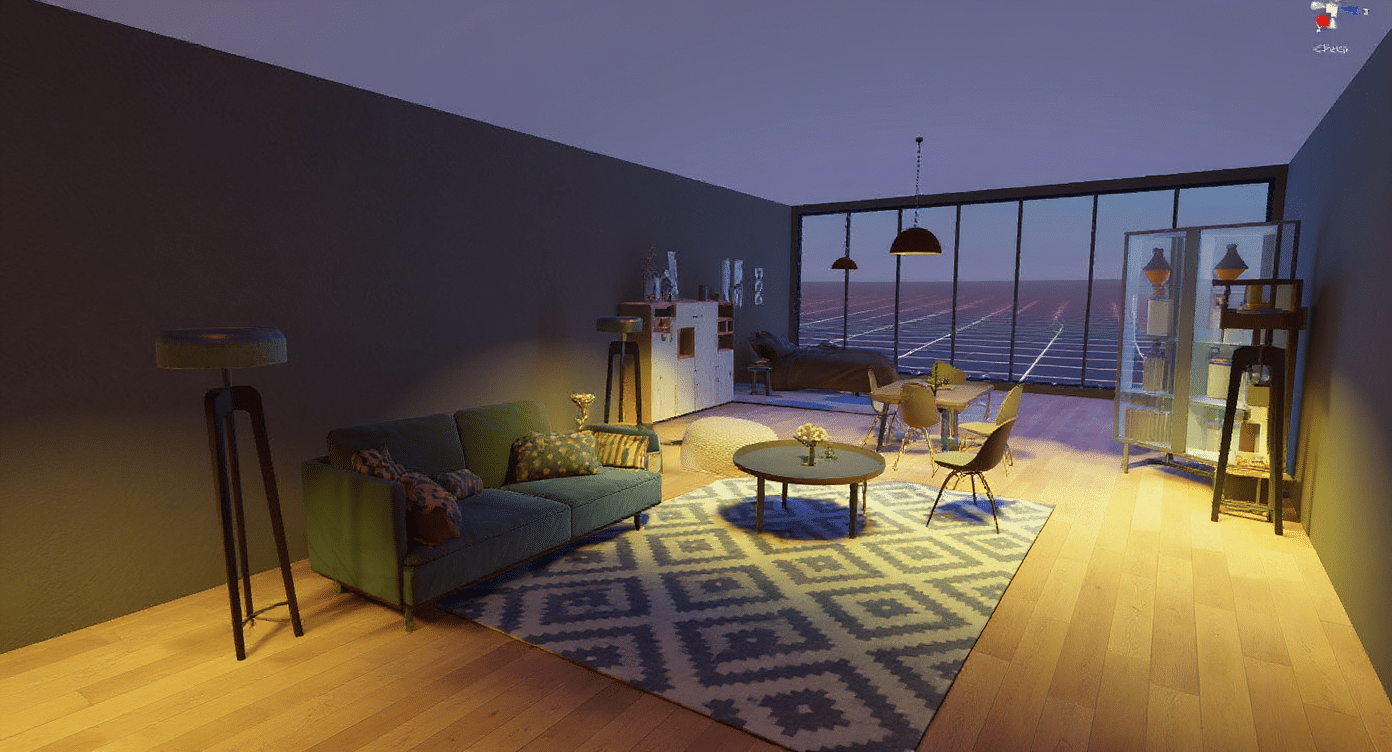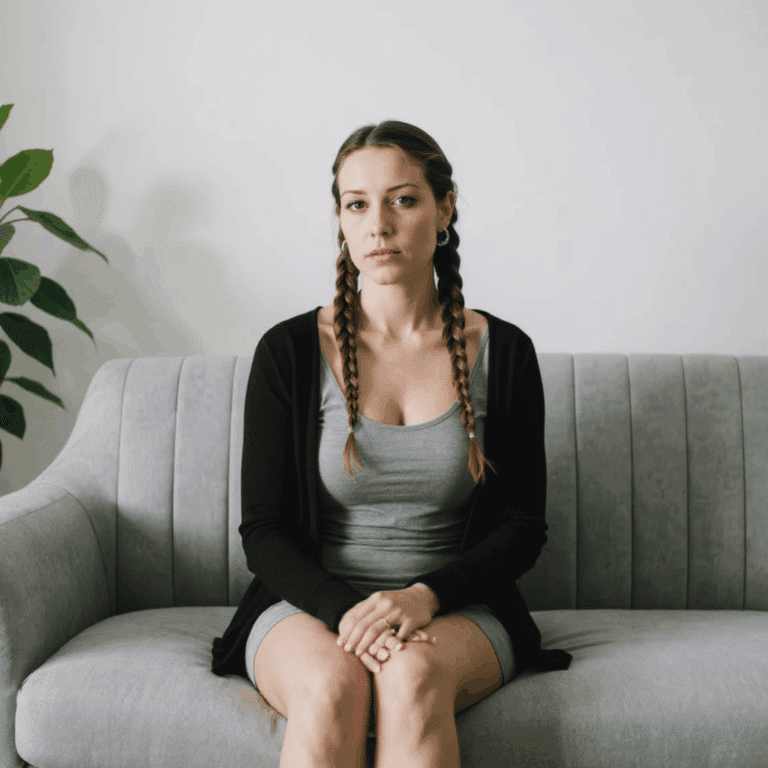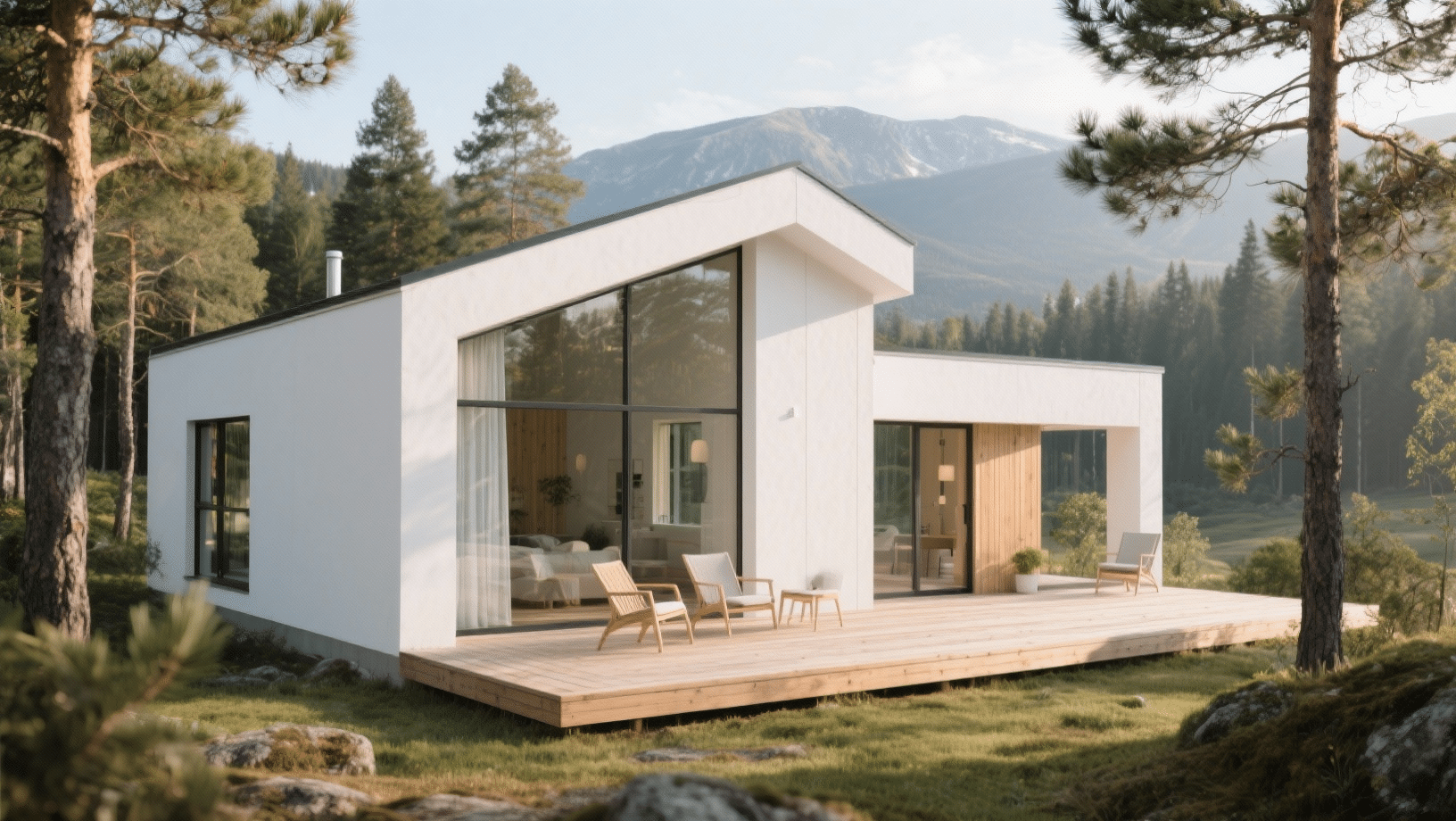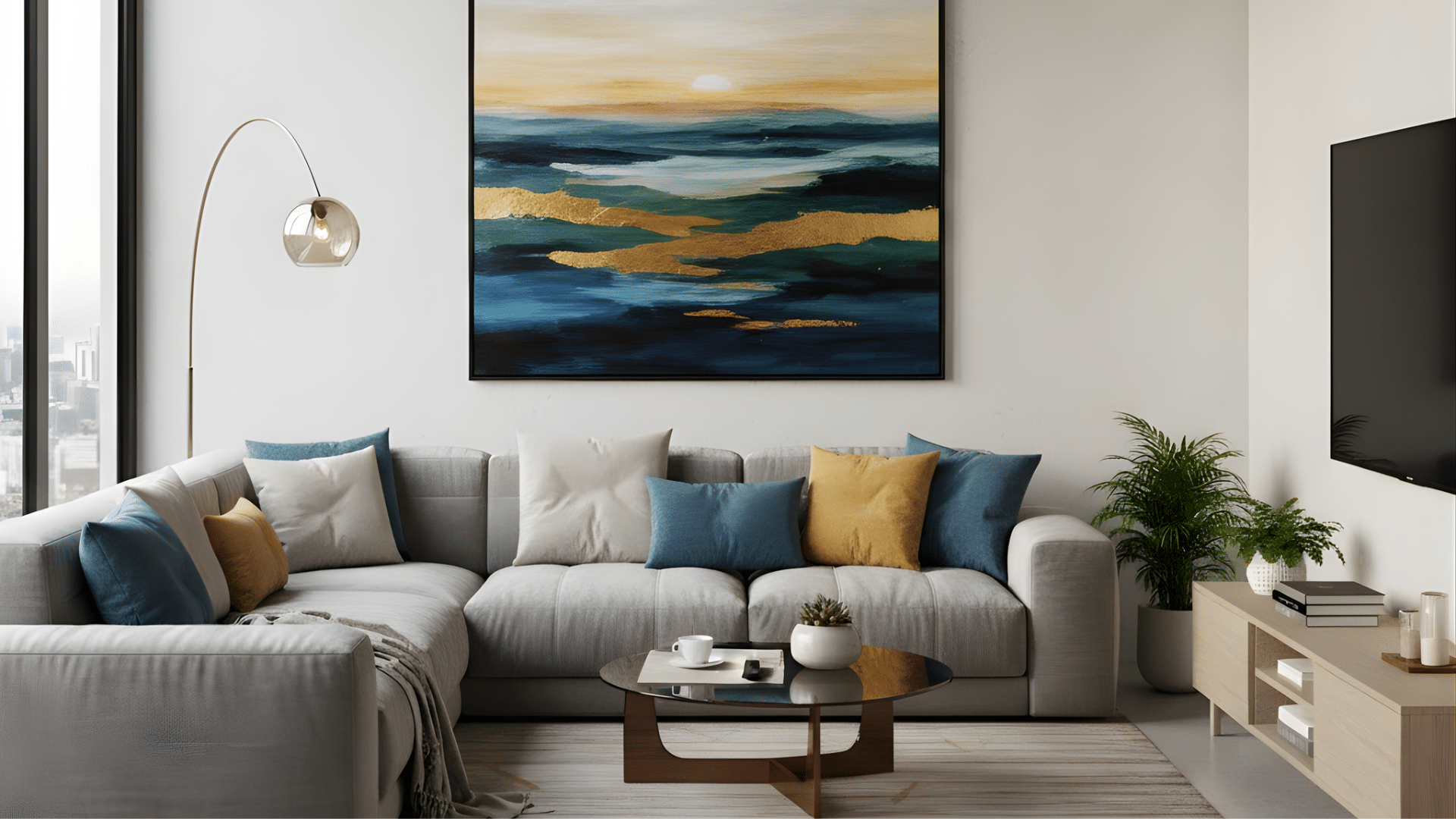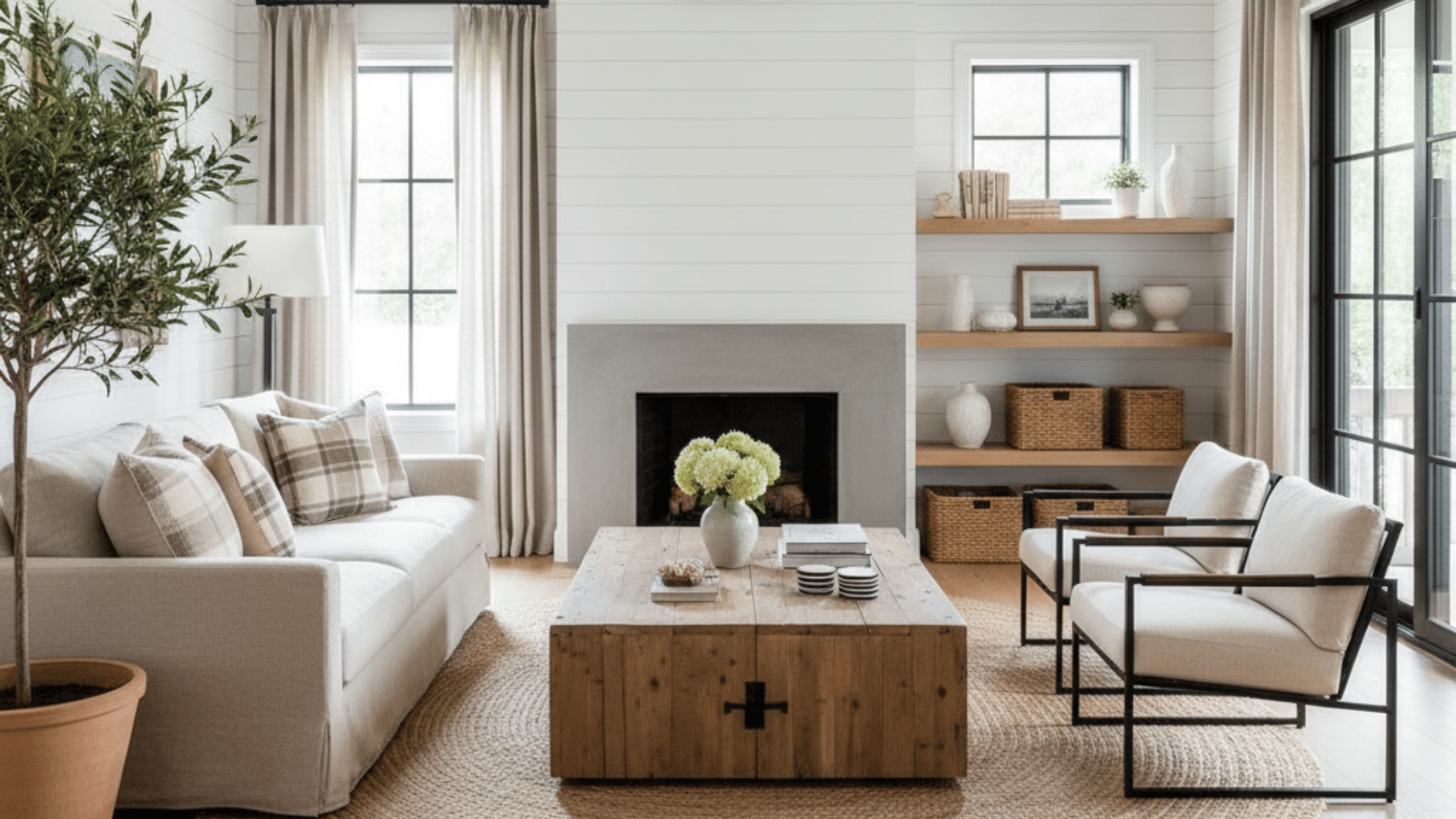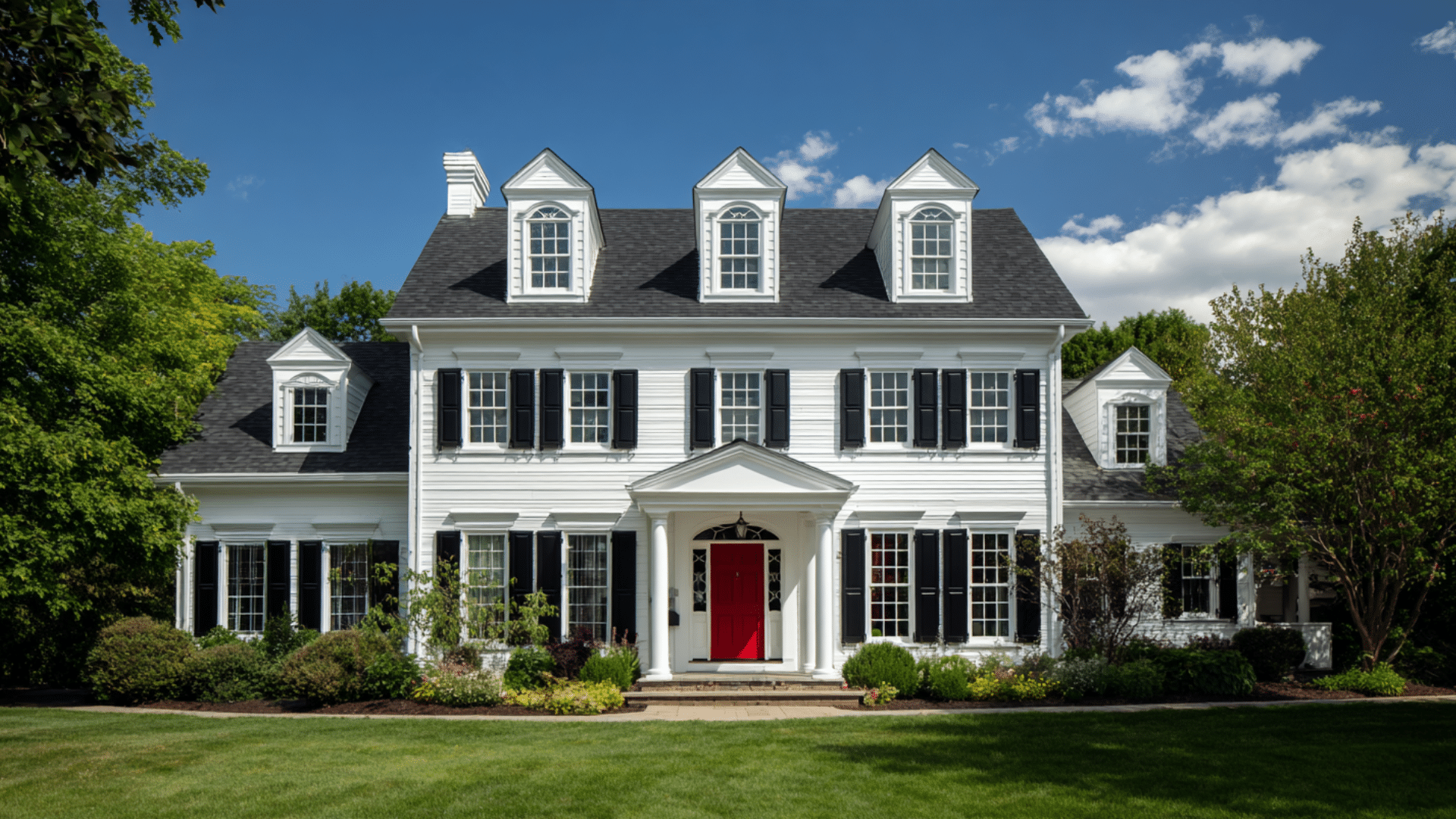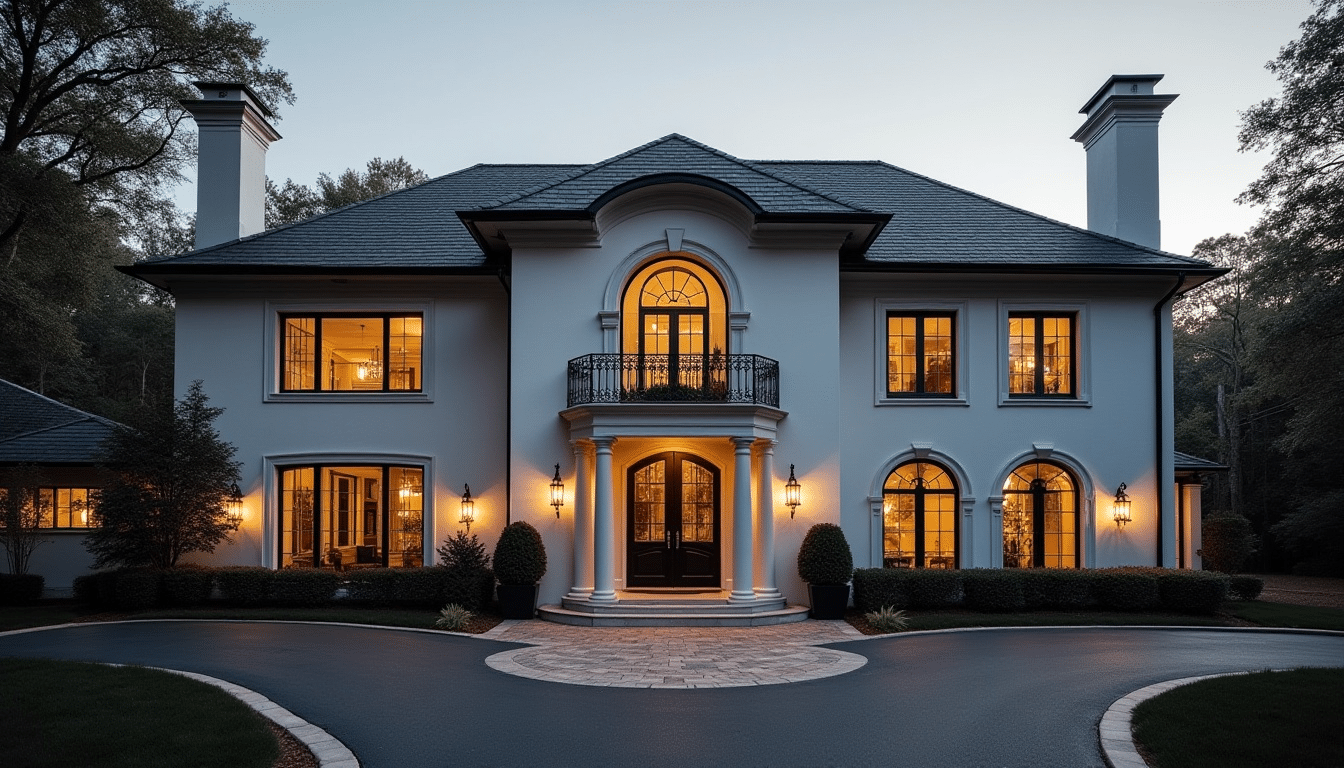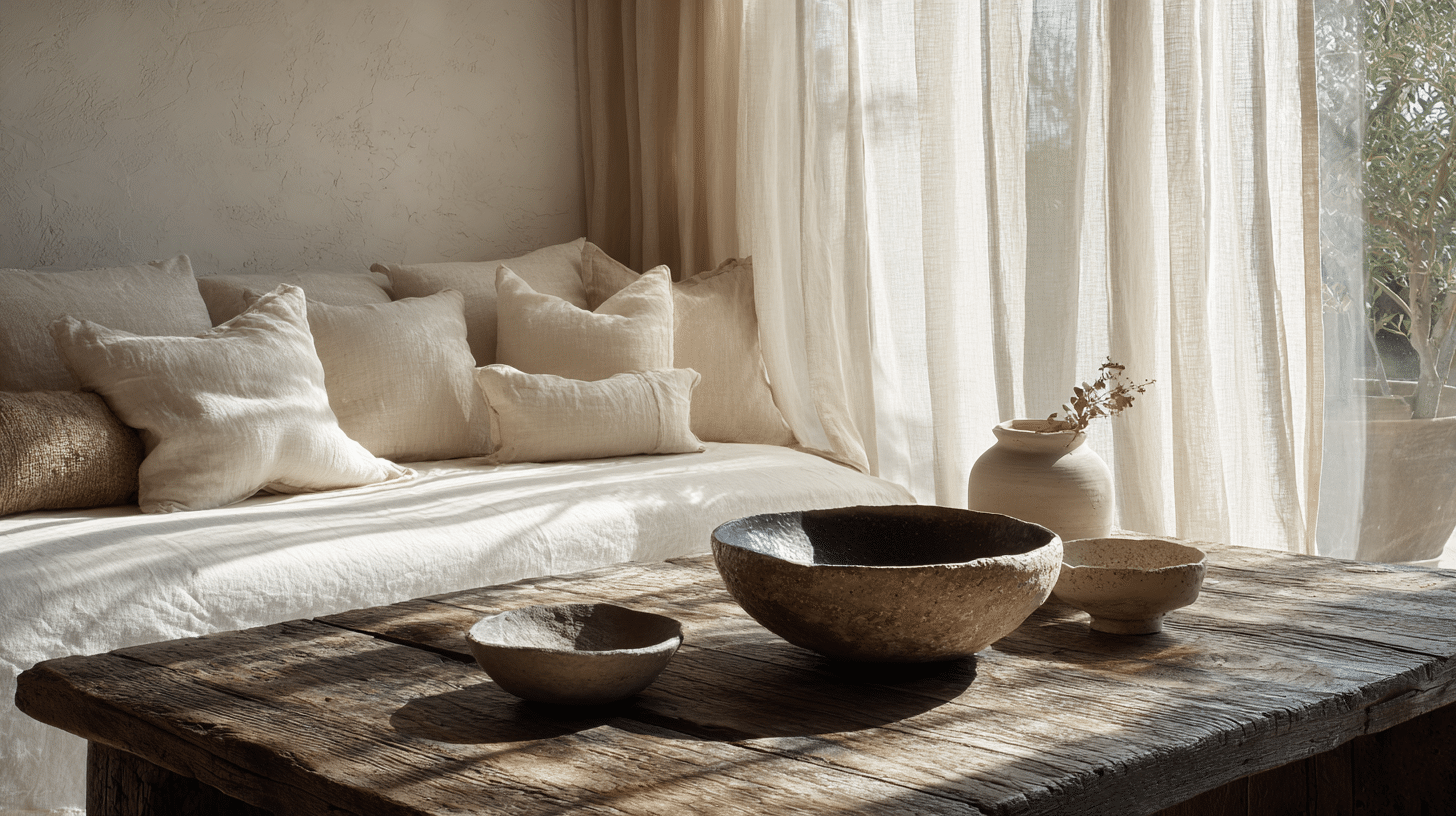Some rooms look nice. Others make you want to move in on the spot.
The difference? A secret design principle that quietly does the heavy lifting. This isn’t about rattling off every theory in the book. Just the one that actually earns its keep in modern homes.
Unity in interior design? It’s the principle that gives a space flow, balance, and that stylish vibe people notice the moment they walk in.
And here’s the twist: it’s not only about arranging furniture or picking paint.
With Unity software, homeowners and designers can bring these principles to life digitally, building 3D models, testing layouts, and shaping balanced spaces before a single wall gets painted.
The Seven Principles of Interior Design
Unity is just one piece of the puzzle. To design a home that feels intentional and complete, all seven principles work together, with harmony often seen as the natural outcome of applying them well.
1. Balance – Visual stability, achieved through:
- Symmetrical: mirrored arrangements (like matching lamps on bedside tables).
- Asymmetrical: balanced without mirroring, using objects of similar visual weight.
- Radial: arranged around a central point (like chairs around a fireplace).
2. Unity and Harmony – Ties elements together across a space using color, material, or theme, creating a sense of calm and flow where every element feels connected and the eye moves smoothly through the room.
3. Rhythm – Repetition that guides the eye through a space, like repeating a metal finish in both kitchen and bathroom fixtures.
4. Scale and Proportion – Ensures furniture and decor fit both the room size and each other. For example, tall ceilings need taller furniture.
5. Contrast – Adds interest by pairing opposites: light with dark, smooth with rough, bold with neutral.
6. Emphasis – Creates a focal point, like a statement piece of art, a dramatic fireplace, or a colorful backsplash.
7. Details – The finishing touches that elevate a design, from cabinet hardware to stitching on cushions.
How to Achieve Unity in Interior Design
Creating unity in your home doesn’t have to be a daunting task. These core principles will help you build a cohesive look that flows naturally from room to room.
Each principle works together to create spaces that feel intentional and well-planned.
- Color Coordination: Choose a consistent color palette throughout your home. Select 3-4 main colors and use them in varying proportions throughout the rooms. This creates a visual connection even when furniture styles vary.
- Repetition of Elements: Repeat materials, shapes, or patterns in different areas. Use the same wood tone in multiple rooms or carry a geometric pattern from pillows to artwork.
- Scale and Proportion: Maintain a balanced arrangement of furniture sizes within each space. Mix different heights and widths, but ensure that the pieces relate to each other and the room’s size.
- Consistent Style Direction: Stick to one overall design style as your foundation. You can mix in other elements, but having a main style keeps everything grounded and unified.
- Flow and Transition: Create smooth connections between spaces. Use similar flooring materials or carry wall colors from one room to adjacent areas. This helps your home feel like one connected space rather than separate boxes.
Simple Ways to Bring Unity Into Your Space
Putting unity in interior design into practice doesn’t require a complete home makeover. These simple hacks can change your space using items you likely already own.
The key is making small, intentional changes that create a big visual impact.
1. Color-Based Unity Techniques
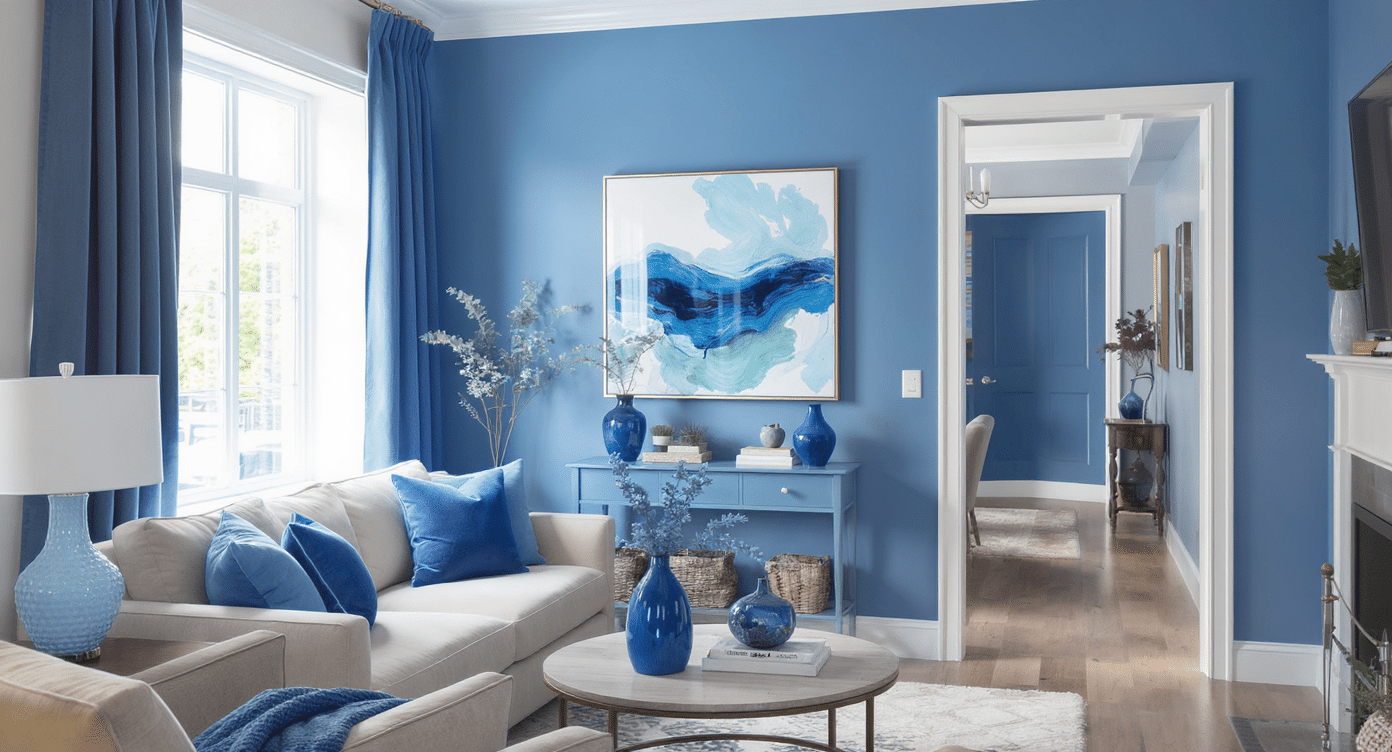
Modern homes benefit from strategic color choices that tie everything together. Start with one dominant color and braid it throughout your space in different ways.
Select a base color that appears at distinct places within each room. This could be through paint, furniture, or accessories. The repetition creates an instant visual connection.
- Pick throw pillows in your main color for different seating areas
- Use the same paint color in hallways and connecting spaces
- Add artwork with similar color tones across multiple rooms
- Choose lamp shades or vases that echo your color palette
2. Texture and Material Consistency
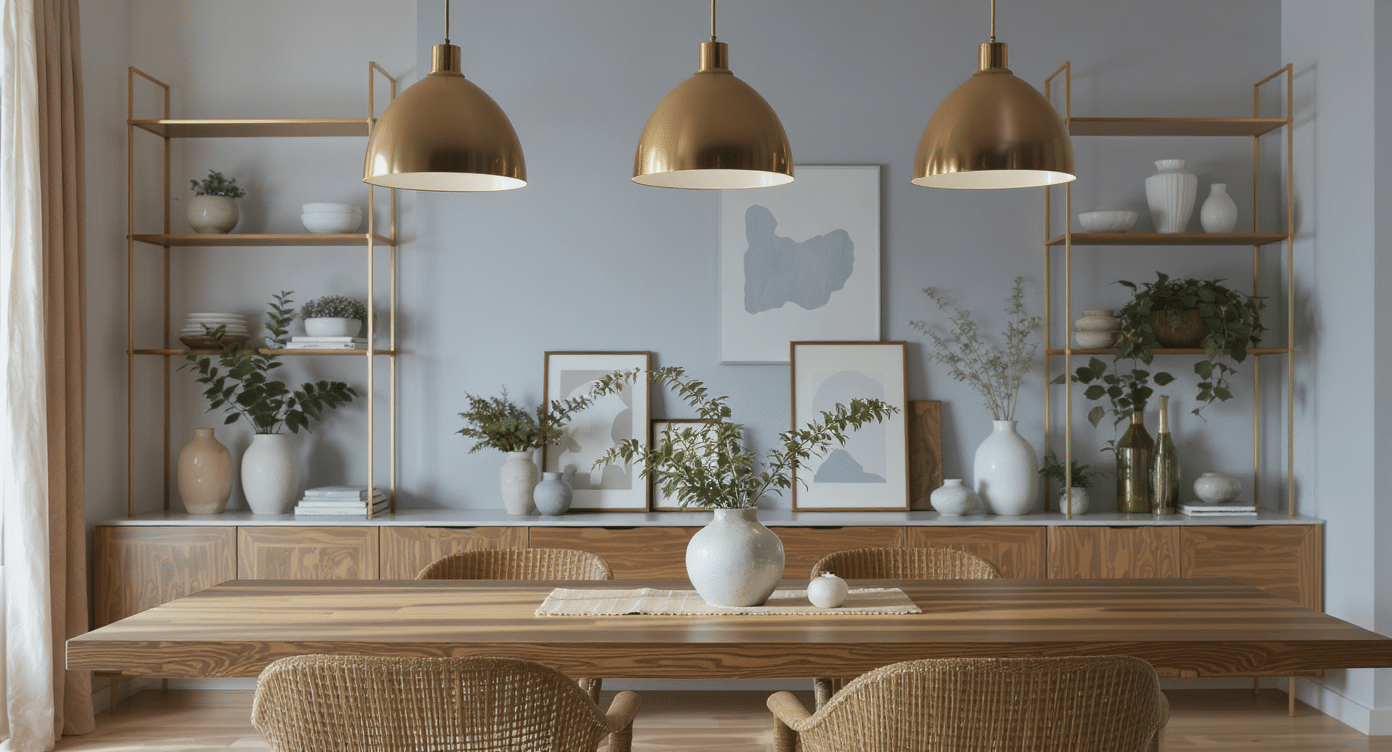
Mixing textures adds interest while maintaining unity through material choices. The trick is balancing variety with repetition.
Use the same material in different forms throughout your home. Wood, metal, or fabric can appear in furniture, decor, and architectural elements.
This creates subtle connections that feel natural rather than forced.
- Carry wood tones from dining tables to portrait frames
- Mix different metals, but stick to warm or cool tones consistently
- Use similar fabric textures in curtains, pillows, and upholstery
- Repeat stone or ceramic materials in vases, tiles, and decorative objects
3. Lighting for Cohesive Atmosphere
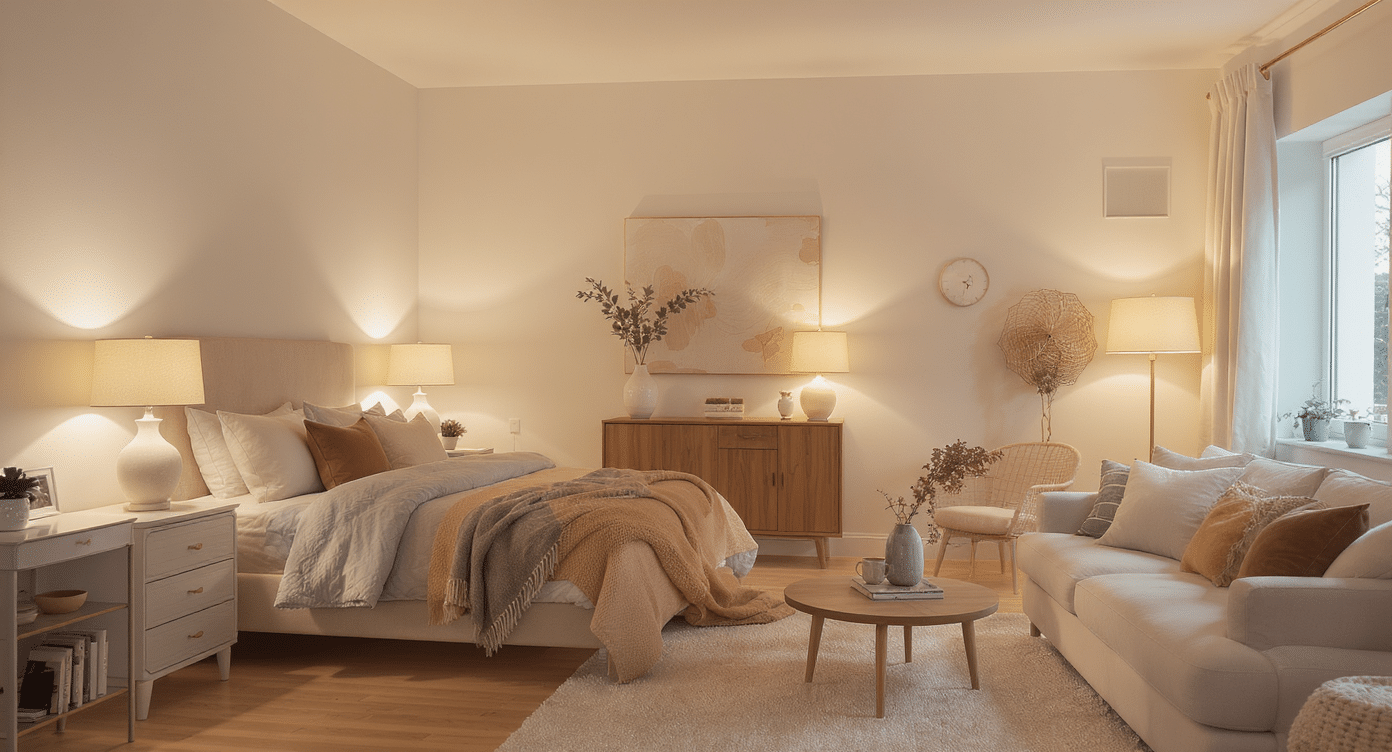
Lighting creates mood and can unify spaces that might otherwise feel disconnected.
In the context of unity in interior design, consistent lighting choices help rooms flow together naturally.
Match lighting temperatures across connected spaces. Soft white lights bring out the cozy feelings, while cooler lights convey a more modern and energetic vibe.
- Use the same light bulb color temperature in open floor plans
- Choose similar lamp styles for bedside tables and living areas
- Install dimmer switches to control mood and create consistency
- Add accent lighting in similar spots across different rooms
4. Repetition Through Accessories
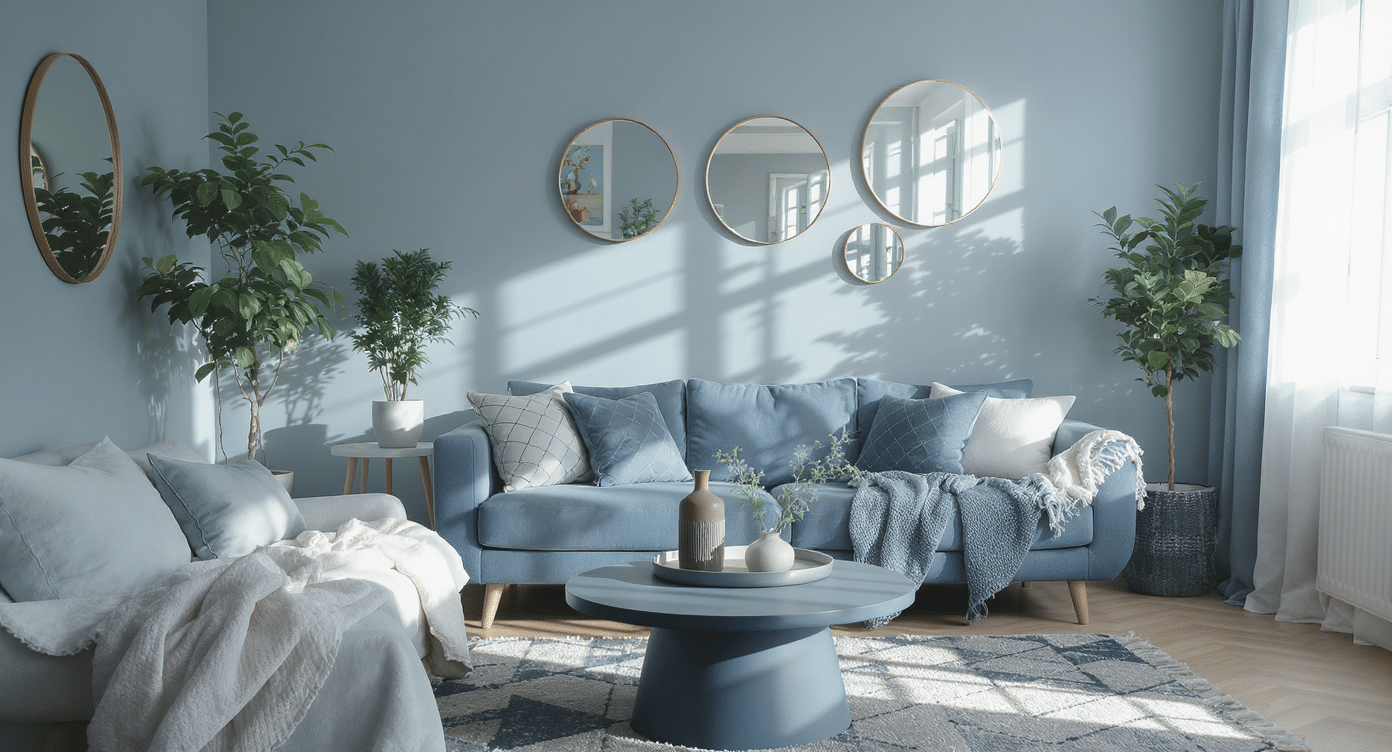
Accessories are an easy way to tie rooms together. Repeating shapes, motifs, or decorative items creates subtle unity.
- Use round mirrors, trays, or tables in multiple rooms
- Repeat a geometric pattern in rugs, cushions, and wall art
- Place matching planters in different living areas
5. Flooring and Transition Elements
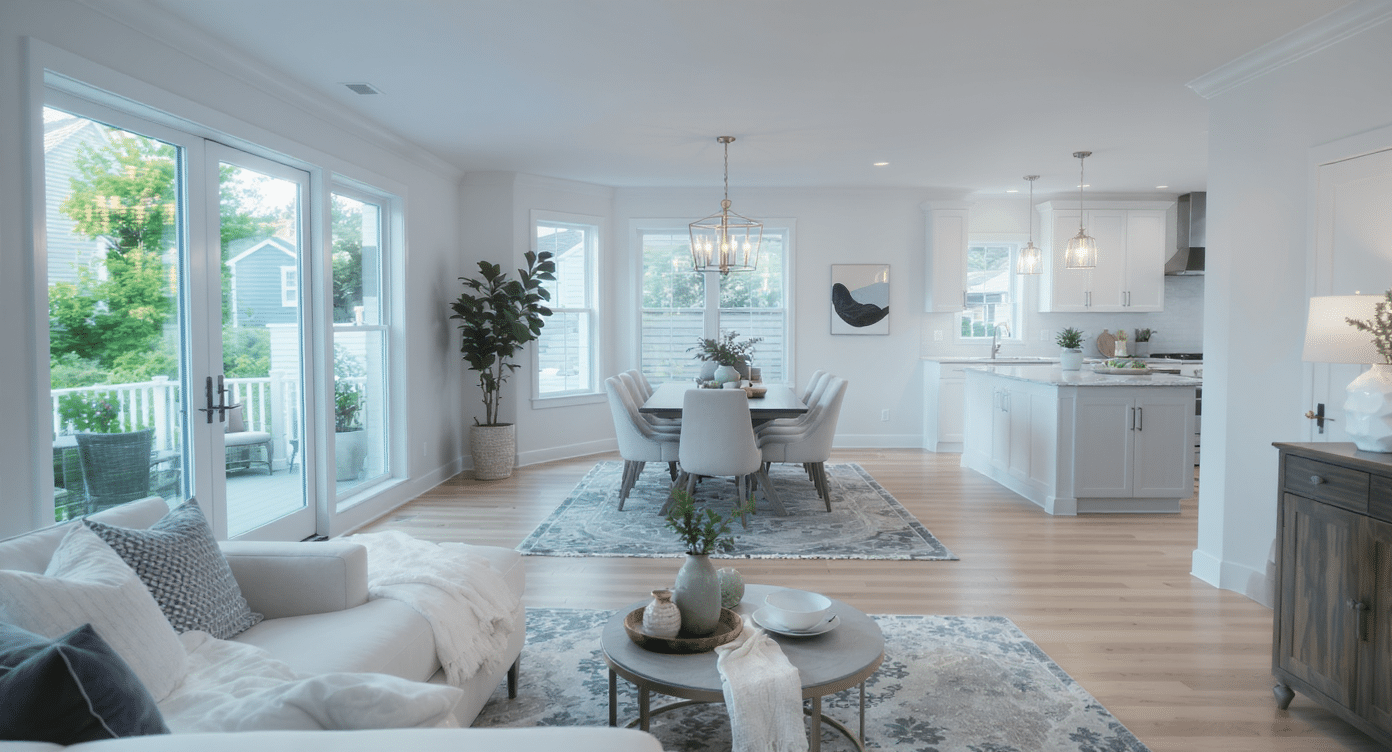
The way spaces connect matters just as much as what’s inside them. Consistent flooring and trim details ensure smooth transitions.
- Extend hardwood or tile flooring into adjacent rooms
- Match baseboard or crown molding styles across the home
- Carry accent rugs in complementary colors between open spaces
Using Unity Software for Interior Design Visualization
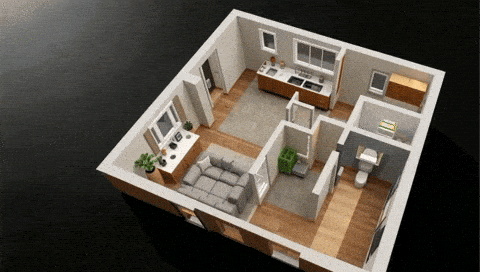
Unity software offers powerful tools for creating realistic interior design mockups. This technology helps homeowners and designers visualize spaces before making costly changes.
With Unity, you can test different layouts and see how unity in interior design principles works in virtual environments.
Step 1: Set Up Your Virtual Space
Import room dimensions and create basic wall structures. Upload floor plans or measure your actual space to ensure accurate proportions.
Step 2: Add Furniture and Fixtures
Place 3D furniture models within your virtual room. Unity’s asset store provides thousands of realistic furniture options for modern homes.
Step 3: Apply Materials and Textures
Add realistic materials, such as wood, fabric, and stone, to surfaces. Test different color combinations and textures before purchasing real items.
Step 4: Configure Lighting Settings
Adjust virtual lighting to match your actual room conditions. This helps you see how different times of day affect your design choices.
Step 5: Create Walkthrough Views
Generate realistic renderings and virtual tours. Share these visualizations with family members or contractors to get feedback before implementation.
Common Mistakes to Avoid
Even well-intentioned homeowners can make design choices that work against unity.
Recognizing these common pitfalls helps you create more cohesive spaces from the start.
| Mistake | Why It Hurts Unity | Simple Fix |
|---|---|---|
| Too Many Color Schemes | Creates visual chaos and confusion | Stick to 3-4 colors maximum throughout your home |
| Mixing Too Many Styles | Makes spaces feel scattered and unfocused | Choose one main style, then add subtle accents from others |
| Ignoring Scale Relationships | The furniture looks disconnected and awkward | Keep furniture proportions similar within each room |
| Forgetting Transition Areas | Hallways and doorways break visual flow | Use consistent flooring or paint colors in connecting spaces |
| Overusing Patterns | Competing patterns fight for attention | Limit to 2-3 patterns per room in different scales |
| Poor Lighting Consistency | Different light temperatures feel jarring | Use the same bulb warmth in connected areas |
Winding It Up
Designing a home that feels balanced and connected doesn’t have to be complicated.
With a clear knowledge of unity in interior design and the power of modern tools like Unity software, anyone can create spaces that flow beautifully from one room to the next.
Think of it as blending artistry with technology, where textures, colors, and layouts work together smoothly. The result? A home that not only looks breathtaking but also feels intentional and complete.
Start experimenting digitally, then watch your vision convert into a cohesive reality, one balanced detail at a time.

